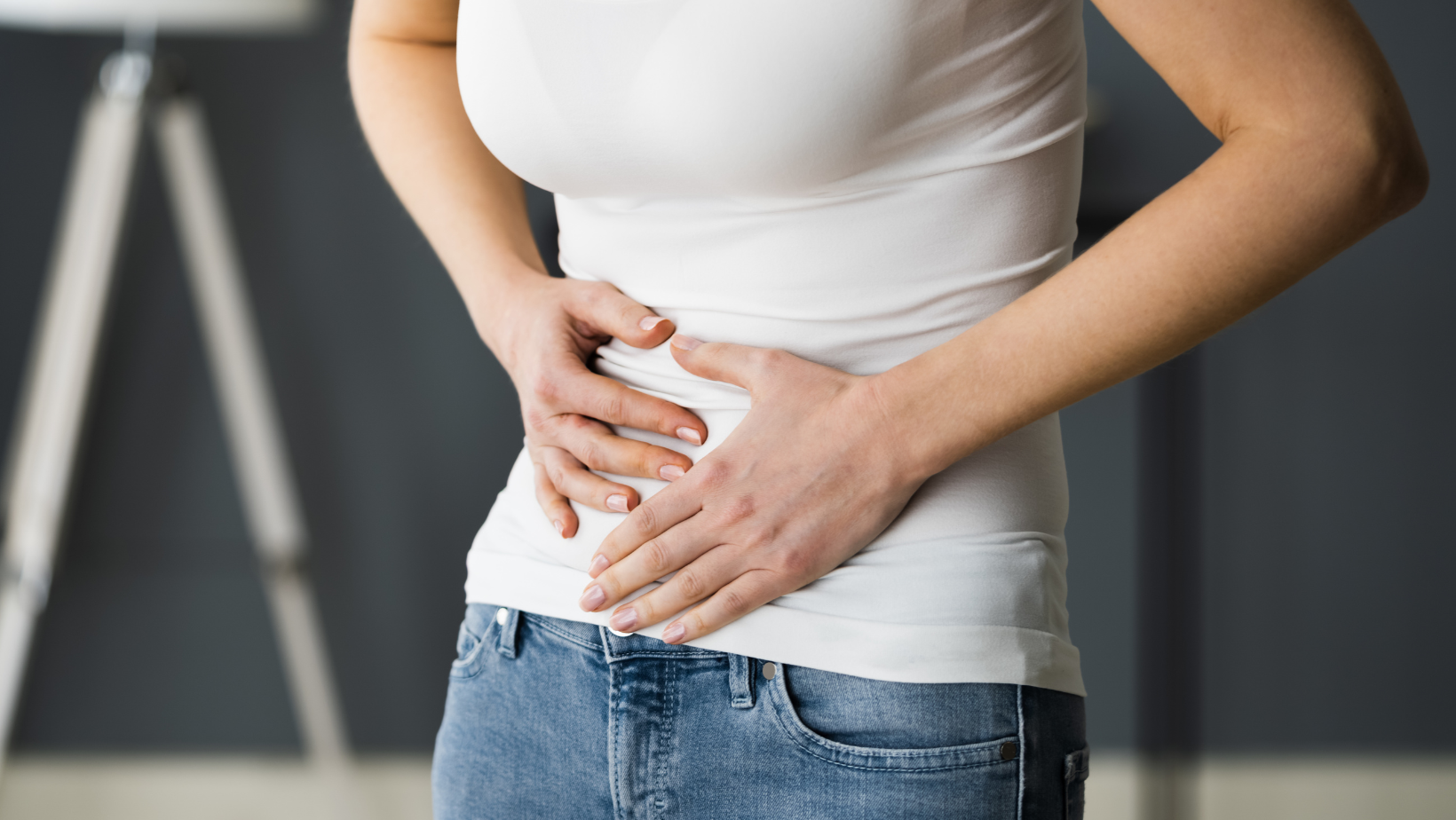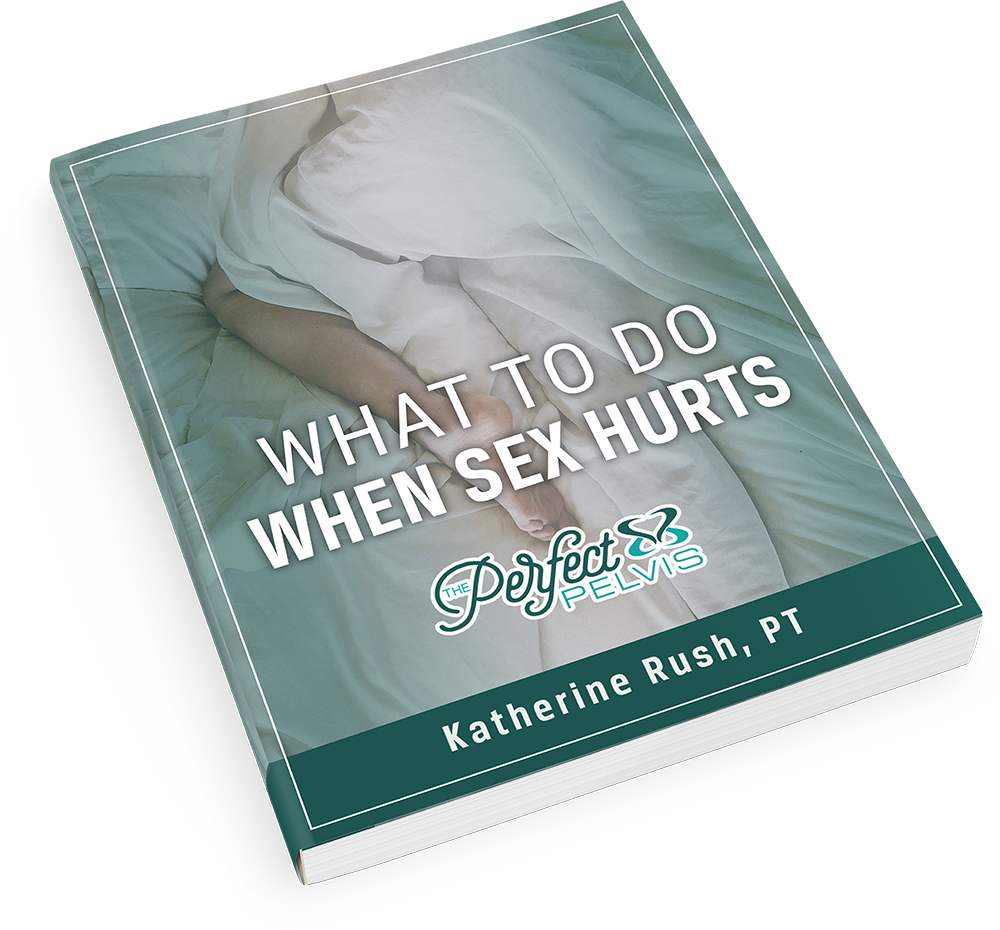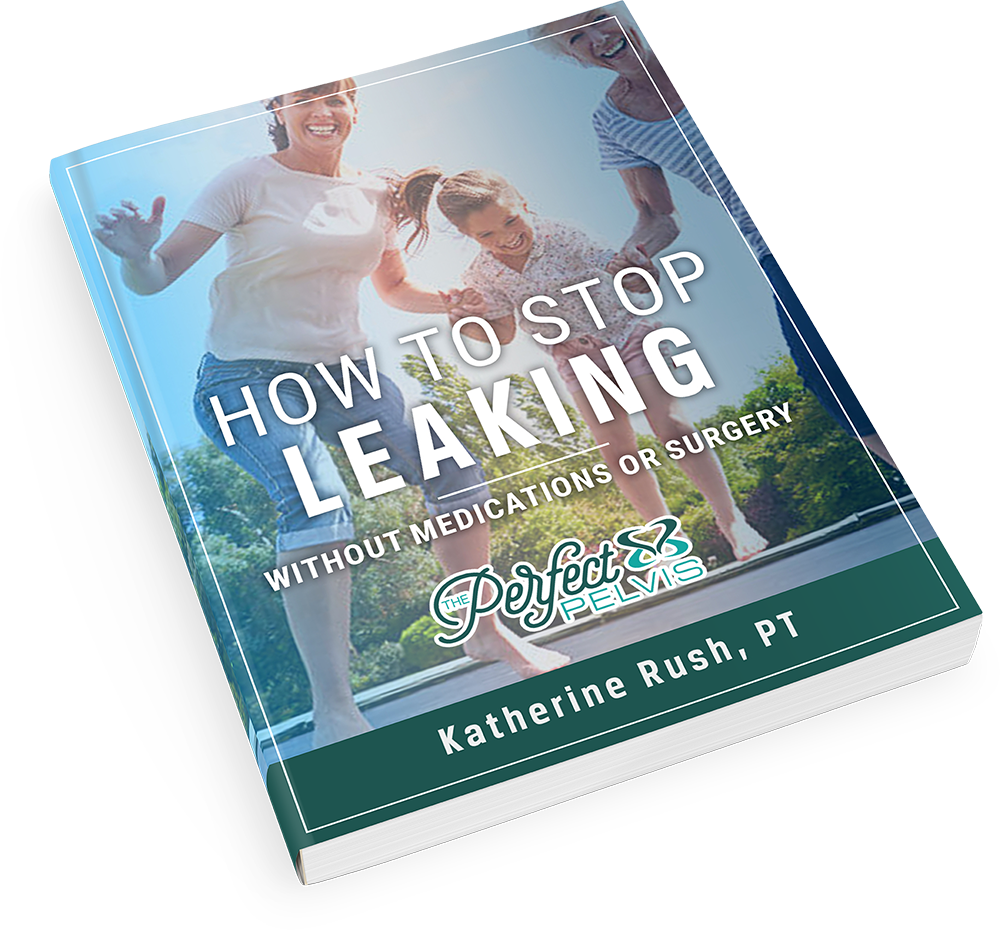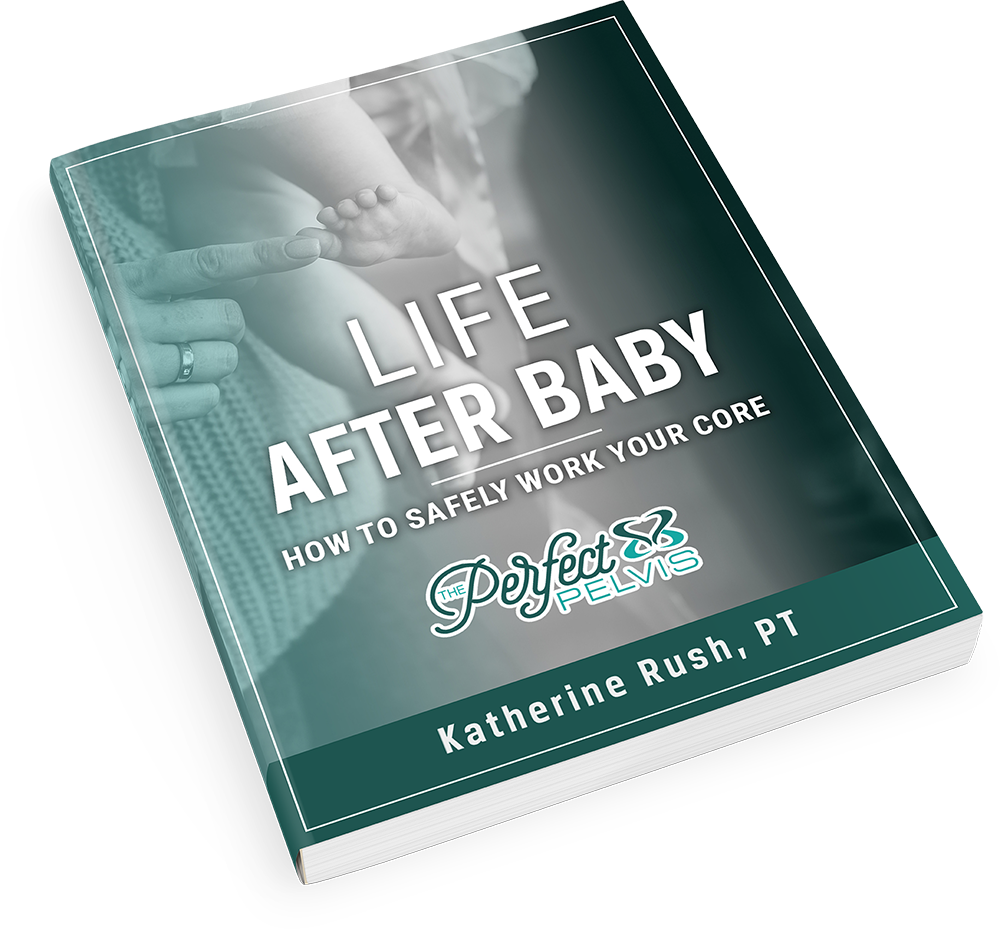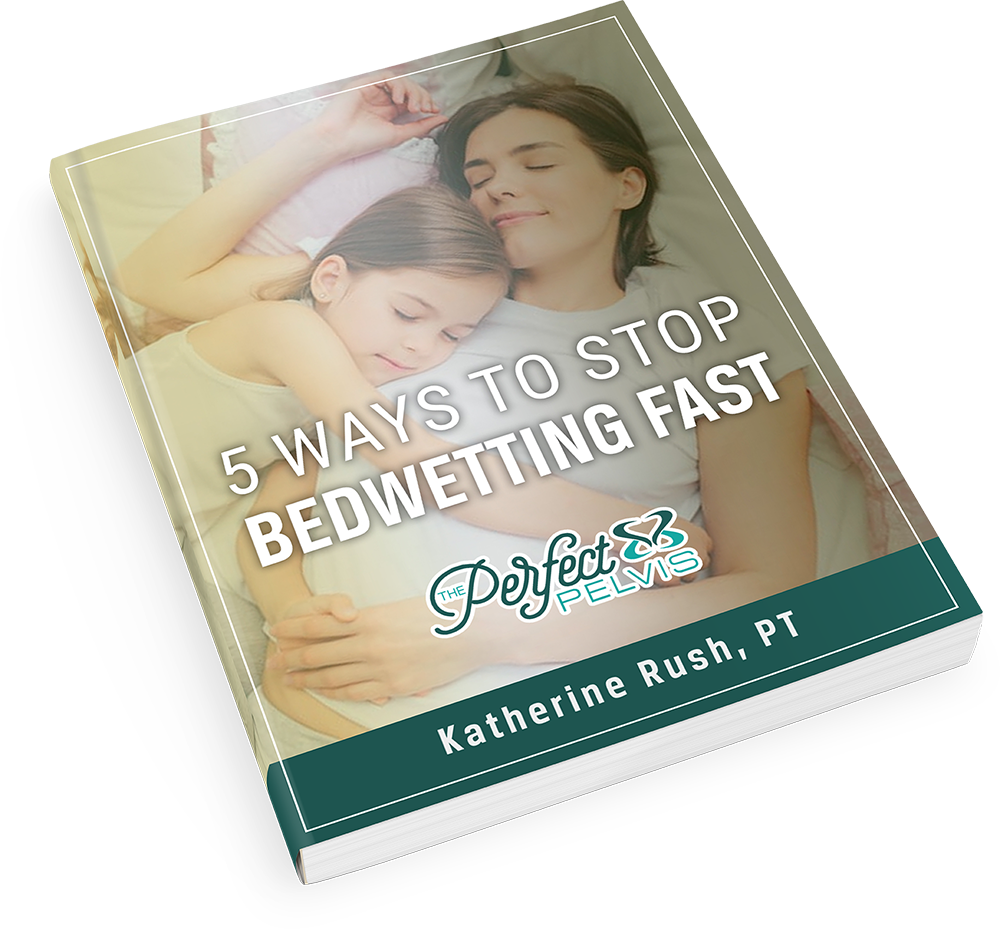Incontinence is a medical condition that affects millions of people around the world. It is an inability to control one’s bladder, leading to unintentional leakage from the bladder or bowel. In this blog, we will discuss the different types of incontinence and how to treat each type.
There are several types of incontinence, and they vary in severity and cause. Stress incontinence occurs when physical activity, such as coughing or sneezing, puts pressure on the bladder; urge incontinence causes sudden urges to urinate that you cannot delay; overflow incontinence happens when the bladder can’t completely empty; functional incontinence is due to a physical or cognitive impairment that makes it difficult for someone to reach a toilet in time; mixed incontinence involves two or more of these issues combined.
Treating incontinence is an important part of a patient’s overall health plan. It can help improve quality of life, increase mobility, and reduce the risk of infection.
Treatment typically involves lifestyle changes such as diet modification and exercise, bladder training exercises to strengthen muscles that support the bladder, medication or medical devices to help control leakage, and in some cases surgery. Each type of incontinence needs to be evaluated by a doctor and managed on an individual basis.
It is essential for people with incontinence to receive accurate diagnosis and treatment so they can manage their condition effectively and lead fulfilling lives. With the right tools and resources, people living with incontinence can take steps toward improving their overall well-being.
The Different Types of Incontinence And How To Treat Each Type
Incontinence is a condition in which the bladder and/or bowels lose control. There are several types of incontinence, including stress incontinence, urge incontinence, overflow incontinence, functional incontinence, and mixed incontinence.
Stress Incontinence: This type of incontinence involves leakage when pressure is put on the bladder due to coughing, sneezing, or other activities that put a strain on the pelvic floor muscles. Symptoms of stress incontinence include sudden urges to urinate without warning, accidental leaking while completing physical activities, feeling like there is still some urine remaining after emptying the bladder, and strong-smelling urine from overactive nitric oxide production. Treatment options for stress incontinence include behavioral therapy, lifestyle changes, pelvic floor muscle exercises, and medications.
Urge Incontinence: Urge incontinence is caused by overactive bladder muscles that can lead to an urgent need to urinate. Symptoms may include feeling a sudden urge to urinate, frequent trips to the bathroom, waking up multiple times during the night to urinate, and urine leakage when you are not able to make it to the bathroom in time. Treatment options include lifestyle changes such as reducing fluid intake and avoiding caffeinated beverages, medications that help relax the bladder muscle or reduce spasms, behavioral therapy, and biofeedback training. Surgery may also be an option if the condition is severe.
Overflow Incontinence: Overflow incontinence is caused by a bladder that does not empty completely and results in chronic leakage of small amounts of urine throughout the day. Symptoms may include frequent, sudden urges to urinate, difficulty starting or stopping a stream of urine, waking up multiple times during the night to urinate, and feeling like there is still some urine remaining after emptying the bladder. Treatment includes medications to improve bladder contractions, lifestyle changes such as reducing fluid intake and avoiding caffeinated beverages, and surgery if the condition is severe.
Functional Incontinence: Functional incontinence occurs when physical or mental conditions make it difficult for an individual to reach a bathroom in time. This type of incontinence is common in older adults or individuals with physical disabilities. Symptoms may include sudden urges to urinate, difficulty controlling the urge when it occurs, and accidental urine leakage due to limited mobility. Treatment options for functional incontinence include lifestyle changes such as scheduling regular bathroom breaks throughout the day, medications that help relax the bladder muscle or reduce spasms, and exercises to improve strength and balance.
Mixed Incontinence: Mixed incontinence is a combination of both stress and urge incontinence. Symptoms may include sudden urges to urinate, feeling like there is still some urine remaining after emptying the bladder, accidental leaking while completing physical activities, and waking up multiple times during the night to urinate. Treatment options for mixed incontinence include lifestyle changes such as reducing fluid intake and avoiding caffeinated beverages, pelvic floor muscle exercises, medications that help relax the bladder muscle or reduce spasms, and surgery if the condition is severe.
No matter what type of incontinence you may be experiencing, it is important to talk to your doctor so they can diagnose the condition and develop a treatment plan that best suits your needs. With a proper diagnosis and appropriate treatment, most individuals are able to control their symptoms and lead a normal life.
How Physical Therapy Can Help With The Different Types of Incontinence
Physical therapy is an effective treatment for all types of incontinence. It can provide relief from urinary and fecal incontinence caused by a variety of factors, such as weak pelvic floor muscles, weakened sphincter control, chronic coughing or sneezing, and childbirth-related injuries.
By strengthening the pelvic floor muscles through targeted exercises, physical therapists can help patients regain control over their body’s ability to hold and release urine and stool.
Incontinence often requires a customized approach depending on the specific type of incontinence experienced by the patient. Physical therapists may use different techniques including biofeedback, electrical stimulation, manual maneuvers to strengthen weakened muscles, or behavioral modification to help modify lifestyle habits that affect bladder or bowel control.
With the right treatment plan, physical therapists can help manage incontinence and improve a patient’s quality of life. By working closely with patients to identify potential causes of incontinence, physical therapists can assess the needs of their clients and develop an individualized plan in order to achieve successful results.
This personalized approach enables physical therapists to provide effective treatment for all types of incontinence. With physical therapy, it is possible for people with any degree of incontinence to regain control over their body’s ability to hold urine and stool, thus improving their quality of life and overall well-being.
Are You Unsure Of What Type of Incontinence You Are Struggling With?
If you are struggling with incontinence and unsure as to what type is causing you the problem, feel free to schedule a free phone consult, or contact us to arrange a leakage assessment. You can also feel free to give us a call at 816.607.3747 (We still like to talk on the phone!)
We love to keep people in Lee’s Summit, mobile, active, and off pain pills – let our expertise go to work for you to help you stay happy and healthy.
Don’t forget, you can schedule a no-obligation (and free!) phone consult or visit us at our Lee’s Summit clinic as part of your leakage assessment. Or just give us a call at 816.607.3747.
We look forward to hearing from you,
Katy Rush, PT
Other Free Resources To Help With Incontinence
Download our free report – How To Stop Leaking Without Medications Or Surgery
Read our blog- What To Do To Help Prevent Leakage While Exercising
Read out blog- 5 Exercises That Can Help Strengthen The Pelvic Floor
Follow Us On Social Media – Facebook, Instagram, Twitter, and LinkedIn

